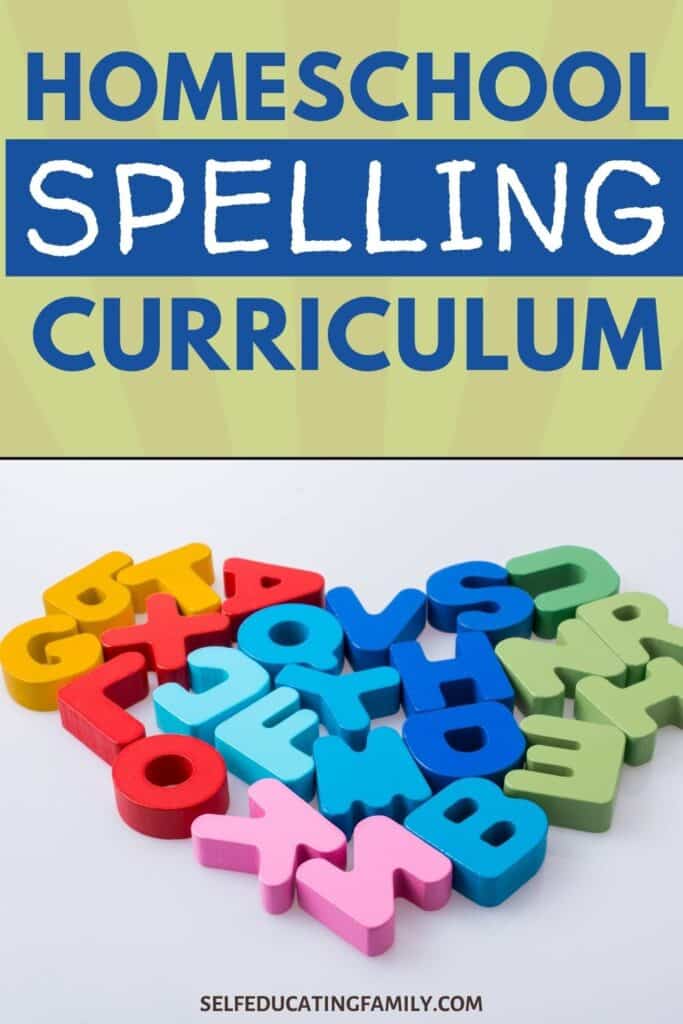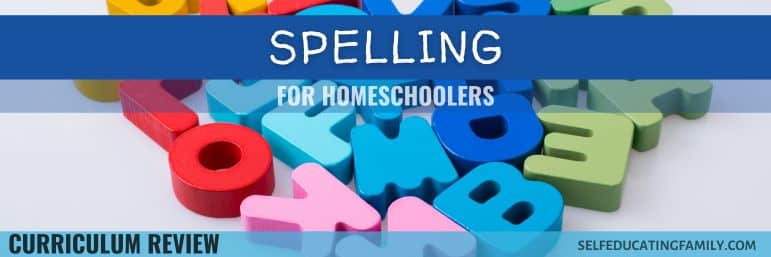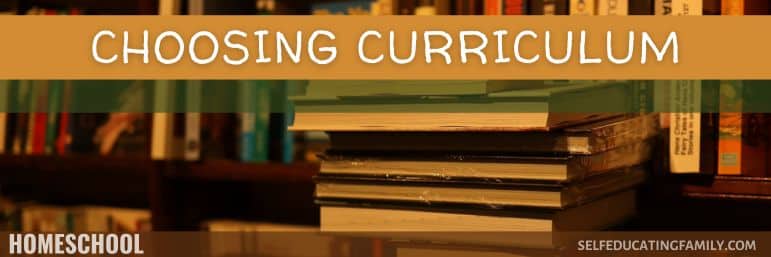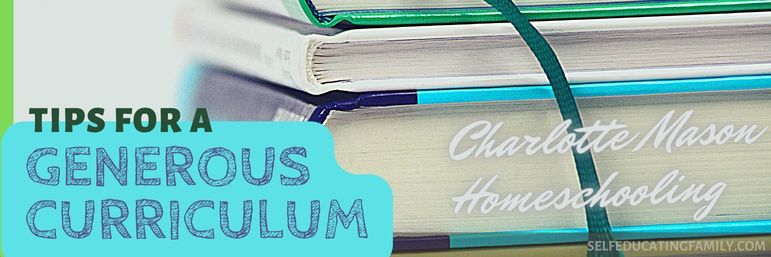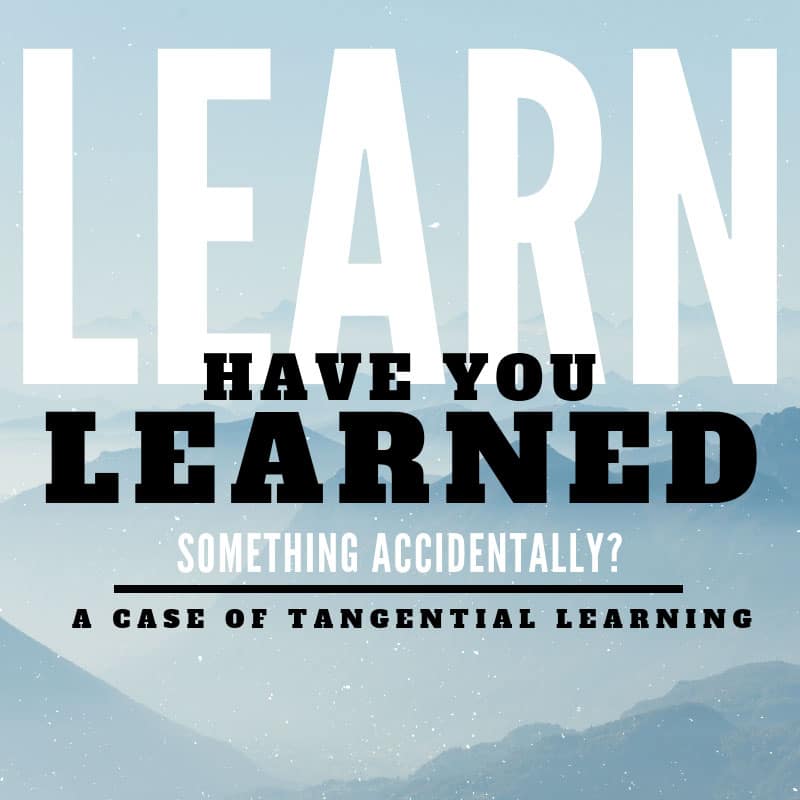What’s inside: A look at homeschool spelling curriculum. We ended up using Spelling Power, and I’ll explain why as well as what else we looked at.
This post may contain affiliate links. If you find my content valuable and make a purchase through one of my links, I will earn a commission at no cost to you, which helps me keep this blog going so I can help you even more! I recommend products I trust and/or use myself, and all opinions I express are my own. Read the full disclaimer here.
Homeschool Spelling Curriculum
Are you a good speller? Are your children?
If you or your children aren’t natural born spellers, then it may come as no surprise that you may need to deliberately teach them to spell.
And if you are a good speller and your children are natural spellers, maybe you never need to teach spelling as a separate subject.
But if you are a good speller and your children couldn’t spell for beans, maybe you will have some empathy for me.
I couldn’t understand it. I thought everyone could just spell.
And I apologize if spelling does not come naturally to you. I was wrong.
I am a walking dictionary when it comes to spelling, yet my kids have misspelled their own names at times.
Then again, so did Shakespeare. So maybe it’s not too bad.
And I exaggerate, since I was never a ridiculously fantastic speller who competed in spelling bees. I mean that ordinary words are easy to spell for me and I’m pretty good at Scrabble or Bananagrams. But no one in my house will play with me anymore because not one of them can spell well. (W – E – L – L).
Incidentally, we found that one or two sets of bananagram tiles or scrabble tiles work great for manipulatives to supplement your spelling program. You can look for them at yard sales.
How do we learn to spell?
If you look at those kids who win spelling bees, when they spell “heautophany,” their eyes look up as if they are seeing the word in their brains.
And there’s science behind this. They are using a visual memory trick to actually visualize the word in their minds.
Reading and Spelling
All three of my sons struggled (or still struggle) to spell words correctly.
Math-son was ultimately the best at spelling, and we’ll talk more about how that happened. Dyslexic-son obviously was going to have spelling “challenges.” But my Book-loving-son, I was certain would be able to spell.
I was completely wrong there!
Why I thought reading and spelling were related
I always thought I was a good speller because I read vociferously. But NOT TRUE – reading and spelling take place in different parts of the brain.
And think about it – have you’ve ever seen those paragraphs where the words are misspelled in the middle, and you can still read it?
Aoccdrnig to rscheearch at Cmabrigde Uinervtisy, it deosn’t mttaer in waht oredr the ltteers in a wrod are, the olny iprmoetnt tihng is taht the frist and lsat ltteer be at the rghit pclae.
Technically, the research was done at University of Nottingham in 1976 by Graham Rawlinson, as documented in research notes by Matt Davis at University of Cambridge.
The trick is that the words have to be short and you have to jumble the letters in a certain way.
But this says that we are not reading the individual letters, which you probably realize – after all, that would take us forever to read a page, right?
Our brains are actually decoding the words based on context and expectations of what is coming next.
So, NO. Reading a lot does not guarantee becoming a better speller.
What does make a good speller?
Most good spelling programs use visual memorization of the word – getting the word committed to an image in your brain, somehow. Maybe flashcards, sometimes staring at the word, maybe repetition, maybe spelling aloud. Usually a combination of all of these. Interestingly, these are the same methods that programs for struggling readers/spellers use.
Orton-Gillingham methods
If you are familiar with the Orton-Gillingham methods, then you know that this methodology uses a mulit-sensory approach to teaching struggling readers systematic phonics. The two doctors who developed this were working with kids with “word blindness” which later became known as dyslexia. Many programs today are based on their work.
Again, think about it – kids who use auditory, visual, and kinesthetic reinforcements for learning will learn better. Regardless of whether or not the child is a struggling reader. So the child is seeing, speaking, writing, and listening to learn to read.
Dyslexia does affect spelling, often because the child does not correctly hear the phonemic differences in words. That’s one of the reasons Orton-Gillingham methods break down the learning into small bits and build skills over time.
If your child has dyslexia, you would want to investigate a reading or spelling program that is based on these methods. All About Spelling is the best one for spelling & dyslexia that I’ve heard of.
- The program didn’t happen to work for us because we needed the more basic “learn to read first” program.
- The All About curriculum separates spelling and reading. Reading comes first.
Side note: We ended up learning to read with the Barton System, and by the time we were done with it, my son could read, but it was in 6th grade! He took off after that and by 10th grade he had completed a college level composition course successfully. However, he does rely on spell checker heavily, and will still miss common proofreading errors involving correctly spelled but incorrectly used words (like homophones.)
Back to spelling well
In our multi-year quest to become better spellers, the common theme among the best programs is to visualize the word, first in print, then closing your eyes to see it in your head, and then working back and forth like that until you imprint it on your brain. Repetition is involved.
Charlotte Mason and Spelling
You probably know that I’m a huge fan of Charlotte Mason’s methods for educating children. She was spot on with how she taught spelling. It involved all of these ideas.
Additionally, one of the things she did differently was to emphasize never allowing the child to see (imprint) a wrong spelling. You’re supposed to whisk it away from them and show them the correct spelling. But it should rarely happen in the first place.
Let me explain her method.
First, the child has been using copywork from a young age as they learn to write. Copywork is copying from the best sources and goes slowly and carefully. A young child might copy a letter or two (referring to the “six perfect strokes” method.) The child works their way up to words, then lines. But they are copying from a model carefully and thus should never copy incorrectly because they have the correct spelling in front of them.
At the very beginning, the child does not even know what they are copying sometimes – they become so intent on copying letter for letter that they haven’t noticed the word each letter is part of.
But as time goes by, they start recognizing the words and copying word by word. Textual understanding of the whole still is low at the beginning.
Years and grades go by.
They begin to understand the passages they are copying as they go.
As the child progresses, they will begin dictation. At this point, they may also be starting written narrations. And that’s an area to make sure they are not making spelling errors.
With dictation, you never just give them an unpracticed dictation – they should be familiar with the passage by the time they hear it in dictation.
In fact, you have to practice specifically for dictation. By noting and practicing spellings of “harder” words.
Another side note: Jeannie Fulbright (author of some great Charlotte Mason-style science curriculum by Apologia Science) successfully taught her dyslexic child to spell using spelling methods by Charlotte Mason. She had a free eBook available at one time.
Summary of Charlotte Mason method
Jeannie Fulbright summarizes Charlotte Mason’s method, which should be a SHORT lesson (no more than 15 minutes):
- Study the word.
- Spell it out loud while looking at the word.
- Imagine taking a picture of the word to imprint it in your mind.
- Close your eyes and imagine the word.
- Study it again, drawing the word in the air with your finger.
- Spell it out loud once while looking at it and once without looking at it.
- Look at the word again before writing it.
- Turn the card over and write the word from memory. If it’s written wrong, immediately cover the word and study it again before rewriting.
What words did she use? Jeannie Fulbright used the 500 most common English words, in groups of 40 at time until they were learned.
This ended up being the way we learned spelling, mostly.
Spelling Power Review
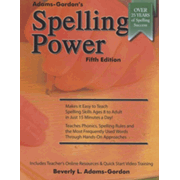 |
Spelling Power, Fifth Edition Spelling Power is a multi-sensory, multi-level spelling customized program that will help your students master the rules of spelling in only 15 minutes a day! A 5 minute test starts off the day, which helps to review, check retention, and preview new words to study. For the next 5 minutes, students are tested on misspelled words, and for the remaining 5 minutes, they’re tested on new words, picking up where they last left off. In only those 15 minutes, students will be on their way to mastering the 5,000 most frequently used words, phonetic principles, and spelling rules! Glossary, Scope & Sequence, Verifying Research, and sections on dictionary and proofreading skills are also included. The online teacher’s resources include forms used in the program, including printable skill-building activities, a searchable word list, and even more helpful tools and hints. 330 pages, softcover. 5th edition |
While we did start off on our own learning to spell the most common words in English, it became obvious that we needed a more direct approach. Or at least a slight shift in what we were doing.
We tried a few different curricula and we ended up really liking Spelling Power. It’s a 3rd grade -12th grade full curriculum in one book. Gotta love that, right? Good for all your kids!
Similarities to Charlotte Mason method:
- No more than 15 minutes a day
- Multi-sensory (uses Orton-Gillingham methods)
- Feedback happens quickly
- Words are reviewed until mastery
- Misspelled words from other daily work are placed into the rotation of words to learn
Differences:
- Word lists from Spelling Power are the 5000 most commonly used words.
- Lists are grouped according to phonetic principles, so they make “sense” as a group. In other words, a group of words will have the same phonetic rule: for instance, a group of “augh” words.
- Students grade themselves (which is a Charlotte Mason principle, but Spelling Power allows the wrong spelling to stay on their test list longer than CM would – she would have the teacher cover the misspelling so that the child did not see it.)
- Uses tests to verify mastery (dictation of words as opposed to CM use of dictation in sentences)
Overall Spelling Power verdict
We liked this program because it worked for us. But we did have to test several other programs to find what worked best for us – you have to find what works for your family. I liked the multi-sensory approach and the fact that you could use it for more than one year.
